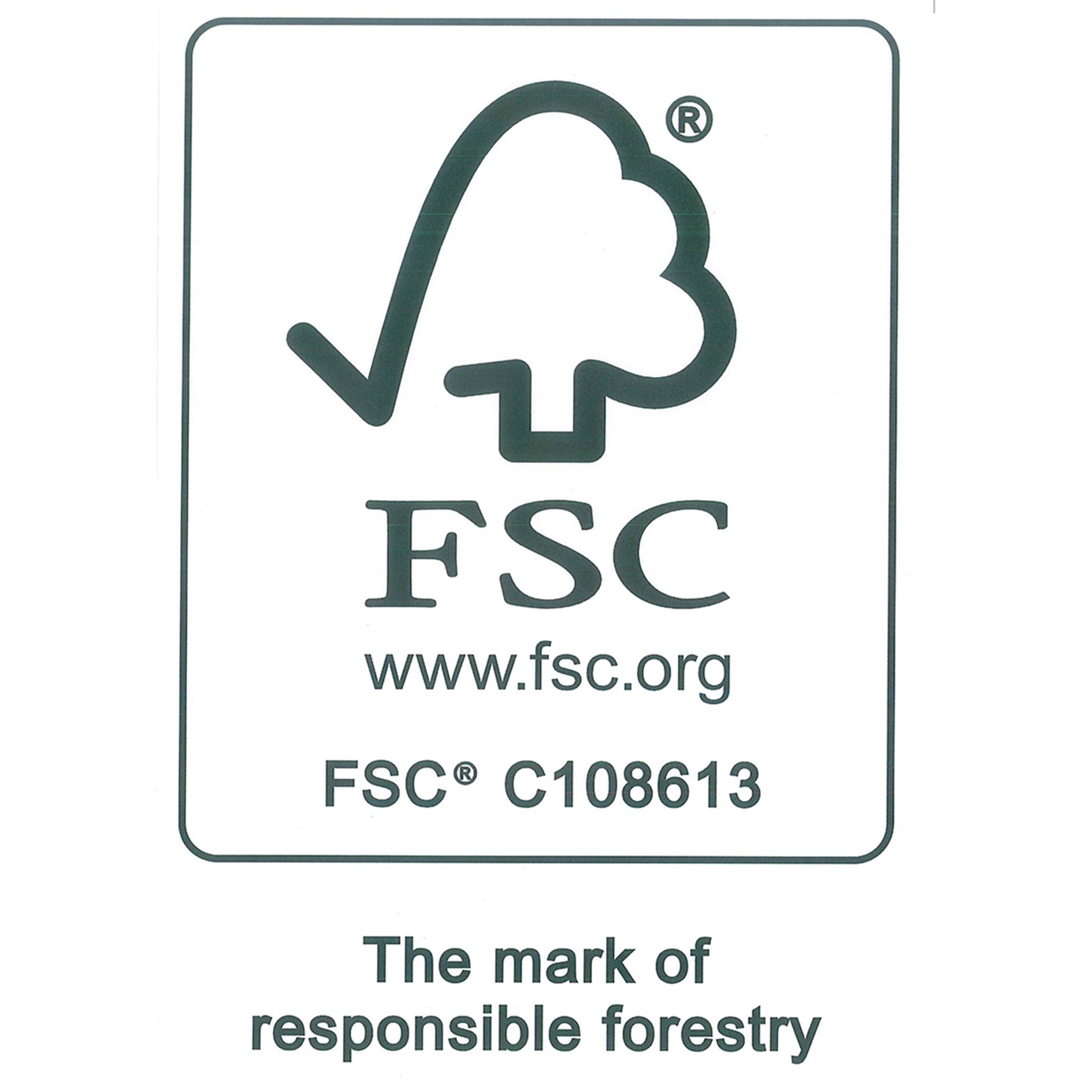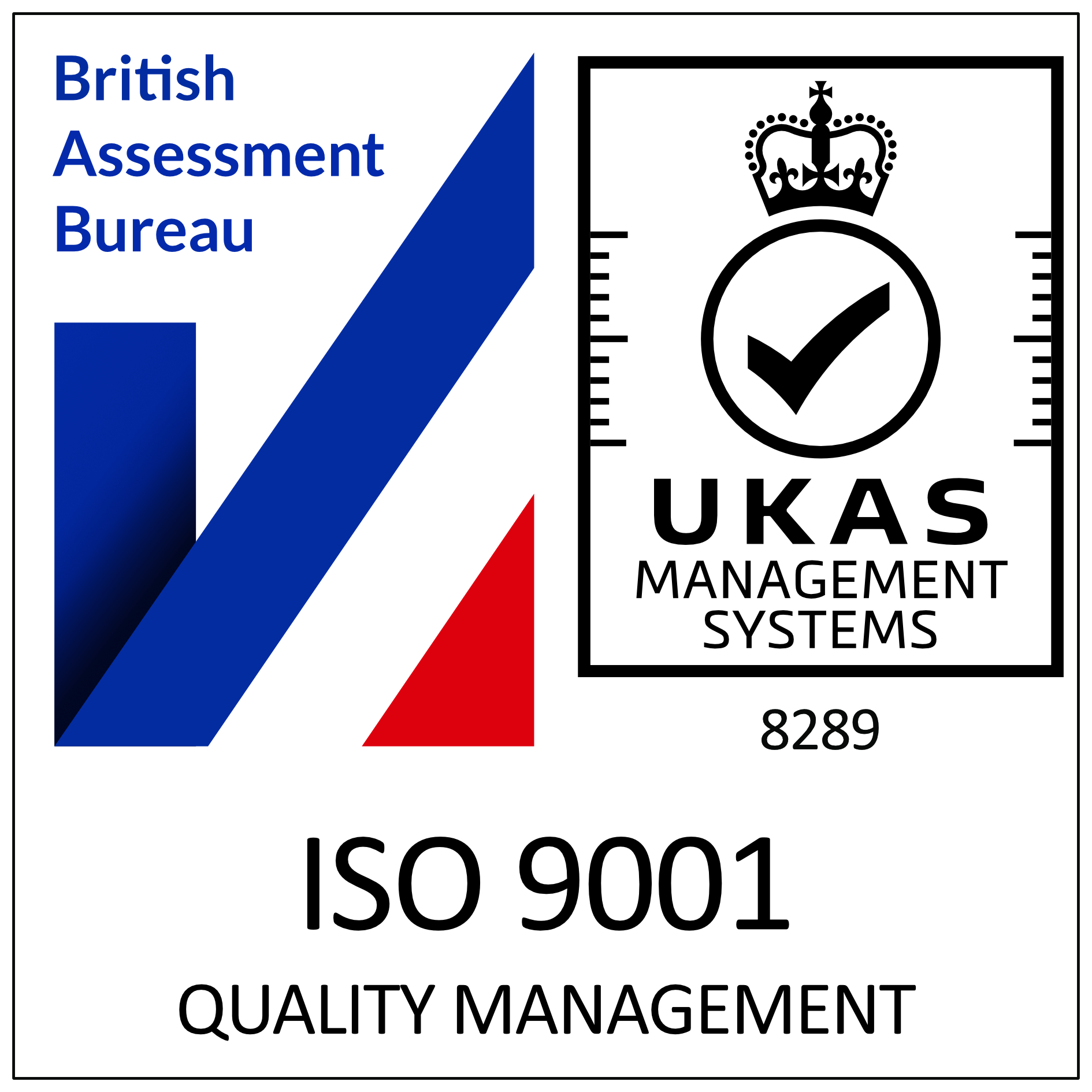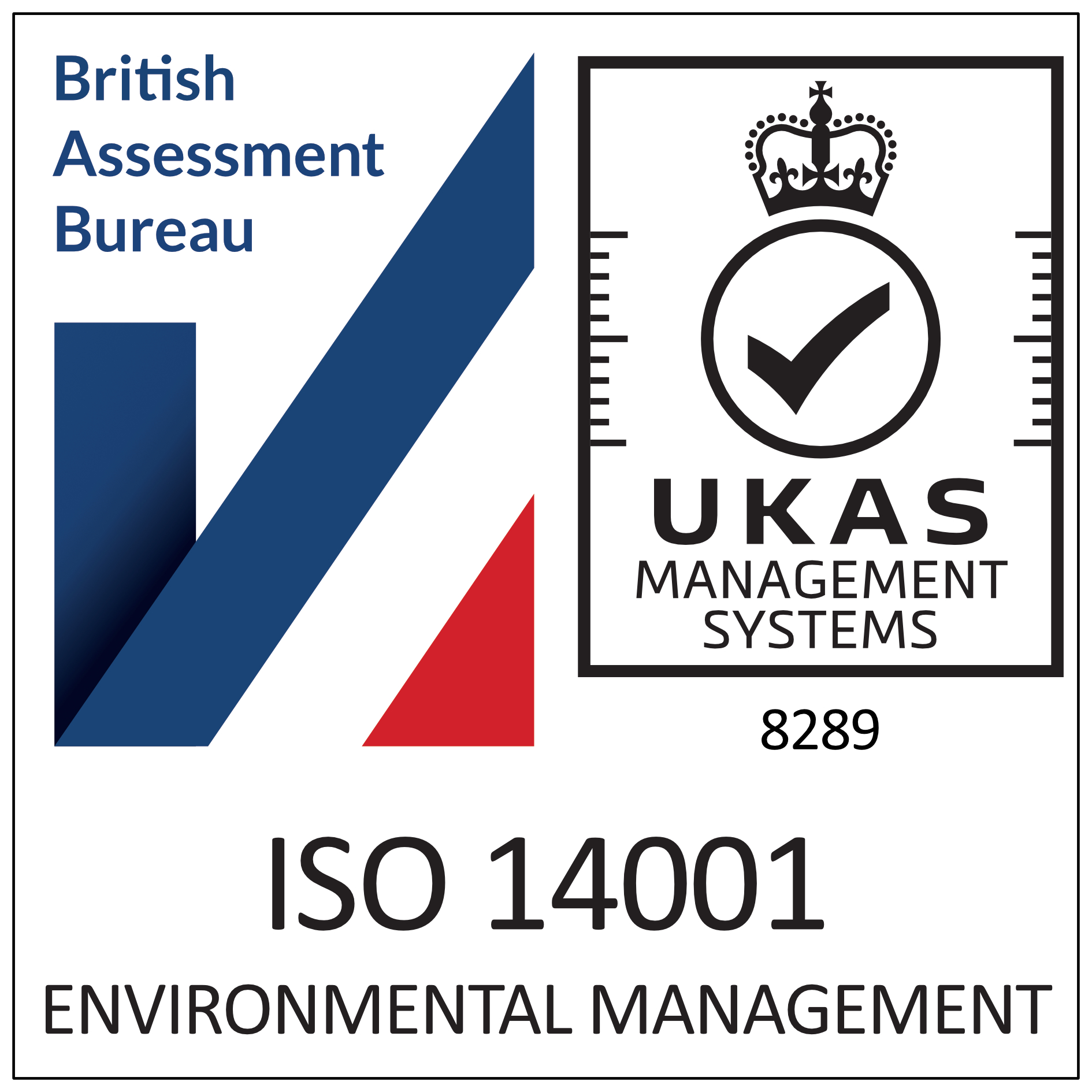Fire safety guidelines for care homes
We are all aware of the devastating effect a fire can have on people’s lives and properties, and the need for fire safety precautions and facilities. These requirements become even more important in buildings where there are vulnerable and elderly people residing. All care homes and sheltered housing accommodation providers have a legal responsibility under the Regulatory Reform (Fire Safety) Order of 2005 (FSO ) to protect all residents and properties from any potential fire outbreaks.
Here are some important aspects covered in this legislation:
Nominated responsible person
All these accommodation facilities MUST HAVE a nominated ‘responsible person’, who is legally liable, for the safety of those within the building. This nominated person must oversee a fire risk assessment and must demonstrate that it is possible for a safe and quick evacuation of the premises in the event of any danger. Failure to comply with these conditions can lead to the responsible person being criminally prosecuted.
The Fire Safety Order (FSO) states a specific reference to the presence, and state of, appropriate fire doors within the building – these also fall under the auspice of responsibility of the nominated ‘responsible person’.
Fire doors
Fire doors are essential in these buildings to maintain the safety of any occupants and staff in the event of a fire breakout. These doors ensure that any fire or smoke is contained in individual compartments and prevents their spread to other parts of the building, thus allowing time for people to evacuate the premises and make the fire outbreak easier to tackle. It is worth noting that, under NO circumstances should these fire doors be ‘propped open’, nor access to them blocked in any way.
Identifying a fire door
There are a number of ways to identify fire doors throughout a building. Firstly, all fire doors should be correctly signed – they should be displaying blue “Fire Door” and “Keep Closed” signs. Any doors that have automatic door closers affixed to them, or have visible intumescent and/or smoke seals around the edge of the frame, are fire doors. All fire doors are fire rated (FD30, FD60 or higher) and should display the individual rating certification mark on the top of the door.
In sheltered housing flats, the external door should always be a fire door. There will be a number of internal doors that are also designated fire doors – the placement of these will be dictated by the building’s fire risk assessment and fire plan.
Inspecting a fire door
All fire doors should be checked regularly – this frequency should be dictated by the amount of use the door gets – the more often the door is used, the more regularly it needs to be checked. There is a 5-step check process to help identify a faulty fire door – anybody can follow this procedure but, if you have a legal responsibility for the building’s fire safety, then it is advisable to call in a qualified professional to carry out the checks.
Maintaining a fire door
The responsible person should create a maintenance schedule, along with an accurate checklist. All doors in the building should be checked accordingly. If there is ANY evidence of damaged doors or components, then they should be replaced like-for-like. Any maintenance carried out should be done by an appropriately trained person. All fire certificates should also be checked regularly.
Fire doors will not be fit for purpose if damaged, or compromised, in any way.
Enfield Doors
Our team of experts is always on hand to guide you and give you sound and pragmatic advice based on years of experience and successful installations.
If you would like further information on our company please click here, or please contact us and we will respond as quickly as possible. We look forward to helping you.








